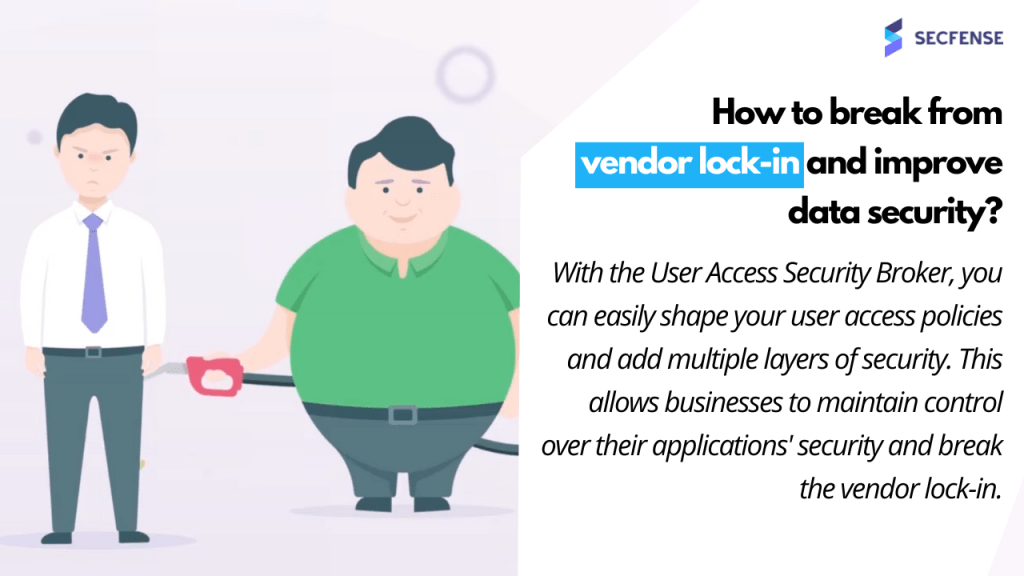Vendor Lock-in
One of the most unpleasant feelings in life is when you realize your technology provider just vacuumed up all your money and then pats you on the shoulder. Vendor lock-in has been one of the worst things that can happen to a company as they are stuck with only one option for their business needs, which often leads them to an unhappy relationship or long-term headache!
It’s important not only to choose wisely but also to assess whether this contract will work out well over time, so don’t get sucked into buying something simply because it looks good at first glance!
What is the vendor lock-in?
Vendor lock-in can be a serious issue for businesses that rely heavily on third-party providers. The pain points are that once you’ve invested time and money into one vendor, it becomes nearly impossible to switch them given how much your company relies upon this specific person or team for IT tasks; contract conditions make switching challenging as well, pricing might seem great at first but then turn out not so good in reality.

Why is vendor lock-in a problem in big companies?
In a big company, the risk of being left behind in innovation or competition can have devastating consequences. Smaller businesses are at their mercy when they join forces with software producers who provide them low prices on services for updating and maintenance that quickly become outdated due to new updates coming out every month – even if those changes were made by competitors first! The more time goes by without any fixes being implemented into your system codebase (or whatever project/service you’re working off), then the sooner or later, a competitor will likely take over.
You have a couple of options when it comes to choosing your vendor. You can go with one of the big brands, but they will cost you an arm and leg – or risk flirting with some small vendors who may disappear faster than dot-com bubbles during The 90s!

How can the problem of vendor lock-in be solved?
Many companies have shifted to cloud platforms to avoid getting locked in with third-party vendors for IT solutions, but cloud solutions have other risks and concerns. It is still impossible to completely avoid vendor lock-in when you rely on a third-party vendor.
How to avoid vendor lock-in problems:
- Be clear about the entry and exit strategy.
- Be aware if there’s an auto-renewal strategy offered or mentioned in the contract.
- If using a service cloud vendor, your applications should be designed to be working with or without the vendor’s infrastructure.
- It is preferred that you keep the on-premise option open.
- Always keep a backup vendor in consideration just in case you leave the existing one.
Signing up for a big vendor does not always mean you have to give up all control. And that is especially true when it comes to user access management or data security, which can be easily made independent from any lock-in burdens and free your company of these hassles entirely!
How to set your data security free from the vendor lock-in clinch:
Introducing a Secfense User Access Security Broker, you can easily shape your user access policies and add multiple layers of authorizations without paying millions for the slightest change in the code.
Secfense has completely redefined the way in which application security is delivered. It is still possible to use ‘big guys’ software AND at the same time:
- keep control over the application’s security
- unify user access security policies for all the apps and all the users
- connect to all business apps without VPN while maintaining a high-security level
But how is that done?
Below you can watch how BNP Paribas bank with the use of User Access Security Broker managed to:
- make application authentication security independent from the application vendor
- unify banks’ user access policy
- leveraged Windows Hello authentication mechanisms to protect all applications and users
The demo takes around 5-minutes and shows the complete UASB deployment process. In case some things would still unclear, and questions are unanswered, you can always schedule a discovery call with us here.
